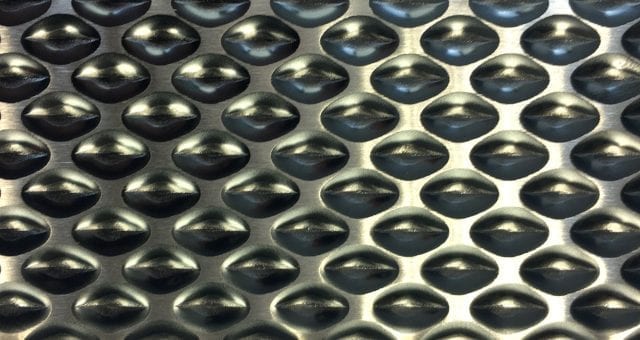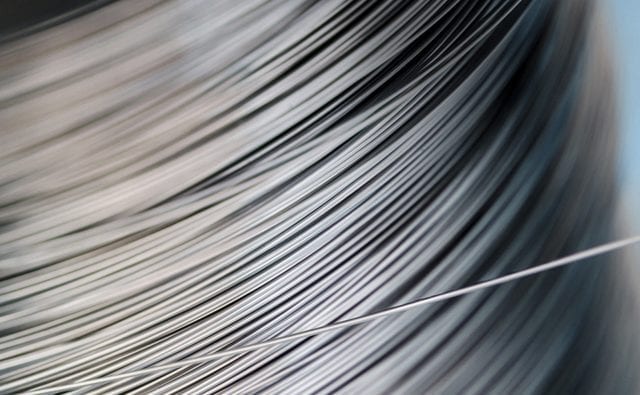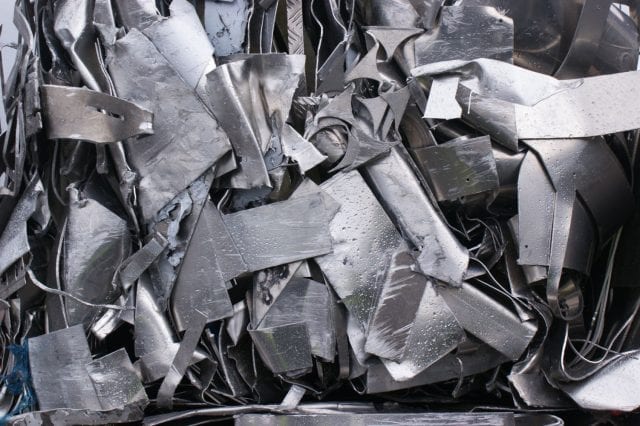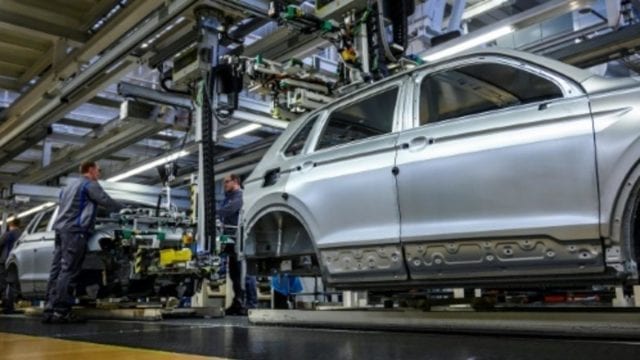
We have heard this term very many times, but few people know what it stands for and how it’s produced. Stainless steel is an alloy of iron and carbon with about 10.5% of Chromium.
The main reason why Chromium is used in the process is to create an oxide layer known as the Passive layer. This layer is very thin and usually helps in reducing the chances of this alloy rusting.
To some manufacturers, increasing the amount of chromium in the process of making steel will increase the level of corrosion resistance. The alloy also has some controlled amounts of carbon, manganese, and silicon.
This is not the end of it because several other producers use other elements, including Molybdenum and Nickel. These elements are added depending on the properties needed and the application the alloy will be subjected to.
When Was Stainless Steel Discovered?

There are no clear details as to when stainless steel was discovered. However, many experts believe that Sheffield Metallurgist performed the first successful attempts of making this iron alloy in 1913.
Harry Breary was among the first people who noticed the rising demand for strong and corrosion-resistant metals to make bridges for use in structure construction and use in the automobile industry.
However, the main intention was to make stronger and more effective weapons and tools. At this point, he noticed that adding 13% of chromium to Iron would make it strong and reduce its chances of rusting. He observed that after doing this, his alloys didn’t corrode even after months of being subjected to air and moisture.
Stainless Steel Chemical Makeup
As I had stated above, all stainless steel contains 10.5% of chromium, which later combines with oxygen to form a layer of Chromium-Oxide that resists corrosion. This layer is very thin, and someone cannot notice it that easily. The experts term this layer as passive, meaning that it doesn’t react or influence other materials.
You might be wondering what happens when this layer is removed through some human activities such as sharpening or welding. In this case, the Chromium contents inside the alloy will react with more oxygen to form the same layer. This, in simple terms, means that the layer will be formed and prevent any rusting or staining.
For this reason, a stainless steel knife can wear out through daily use and still be stainless. Higher contents of chromium and other elements, including Nickel and Manganese, would strengthen the metal and make it more corrosion resistant.
However, Chromium is always the determining factor even though there are many other elements used.
Different Types of Stainless Steel
Stainless steel is available in many forms. However, we will talk about the three major classes of stainless steel:
- Austenitic-This is a Chromium-Nickel-Iron alloy that contains up to 26% of Chromium and 6-22% of Nickel. Though it has lower contents of carbon. With that in mind, there is a possibility it’s not magnetic. The reason why Nickel was used is that it plays a key role in increasing corrosion resistance. Even though there are two other classes of stainless steel, this one is the most common in use.
- Martensitic-This is a Chromium-Iron alloy that contains 10.5-17% of chromium and controlled carbon contents. Although it has many other properties, it quickly hardens when put in water. This is what you find in many kitchen appliances and utensils, including knives and spoons.
- Ferritic-This is Chromium-Iron alloys that contain about 17-27% of chromium. The carbon contents are very low, making it magnetic.
- Other classes that are worth mentioning are Duplex and Precipitation hardening stainless steel.
Can Stainless Steel Be Recycled?

Several people usually want to know if stainless steel can be recycled. The fact is that stainless steel is 100% recycled, a reason why they are not termed dangerous to the environment. This means that all stainless steel can be remembered to make new stainless steel. The amount of recycled stainless steel that is used to make new stainless steel is about 65-85%.
Stainless Steel Applications
Stainless steel is quite strong and also corrosion-resistant, and for this reason, it has a whole load of applications. Many other manufacturers, contractors, and automobile makers believe that stainless steel comes with little maintenance. Here are some of the stainless steel applications.
Construction
In the art-deco period, stainless steel was the preferred material. This is how it found its way into the construction industry. As a matter of fact, the Chrysler Building was made of stainless steel at the top. Due to its corrosion-resistant properties, its strength and durability, you will find stainless steel used in constructing bridges and houses from the base to the top.
Stainless Metal Hoses
Today, the demand and the use of stainless flexible metal hoses have skyrocketed. With that demand, manufacturers have started producing metal hoses to solve some of the problems associated with plastic hoses. You can see quality examples of stainless steel flex hoses on onlinemetalsdepot.com. Metal flex hoses are critical in Aerospace and industrial design and construction.
Automobile and Transportation

Stainless steel is lightweight and very strong, a reason why it has been used in the automobile and transportation industry for so long. As a matter of fact, stainless steel was used to make Ford Motor vehicles as early as 1930. These days, the use of stainless steel has increased, and you will find many parts of a vehicle or an airplane made of it. The stainless metal hoses have also been used in transporting fuel and other important fluids in automobiles. Ships and boats are also made using stainless steel because it’s resistant to the effects of moisture and oxygen.
Medical
Stainless steel is resistant to rusting and can also easily be sterilized. This is why you will find many types of equipment used in hospitals, including the dental and surgery rooms, are made of stainless steel.
Food and Catering
Most utensils and cookware are made of stainless steel. Talk about spoons, knives, cooking pots and sinks, and saucepans. Stainless steel is resistant to corrosion and is also a good conductor of heat, which makes it ideal for use in the kitchen.








